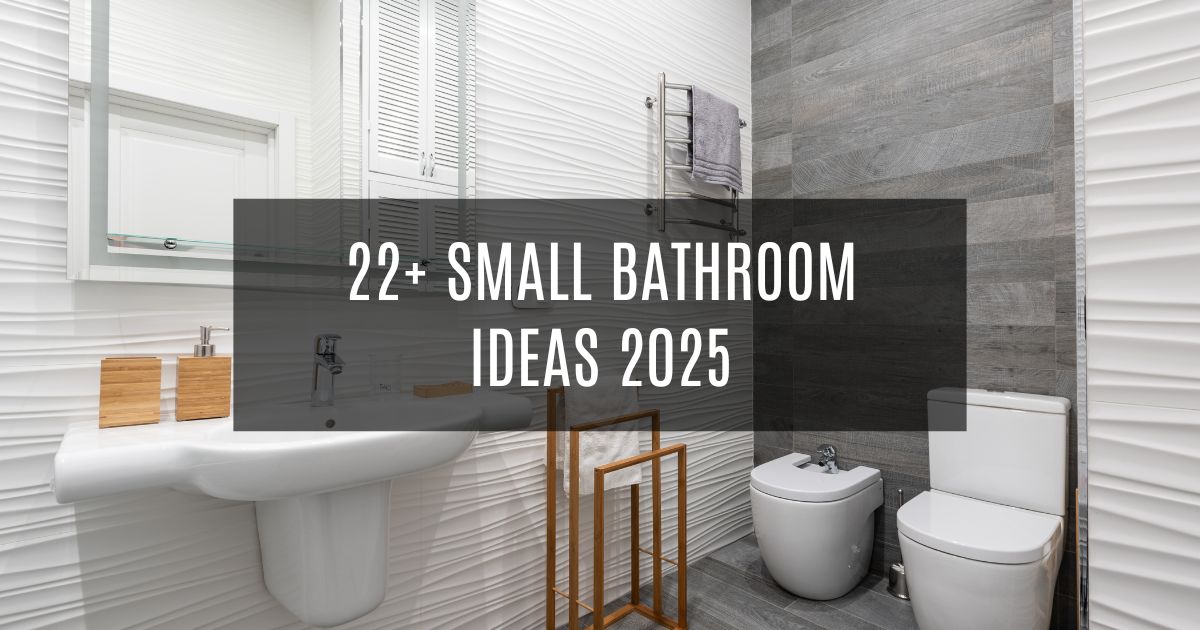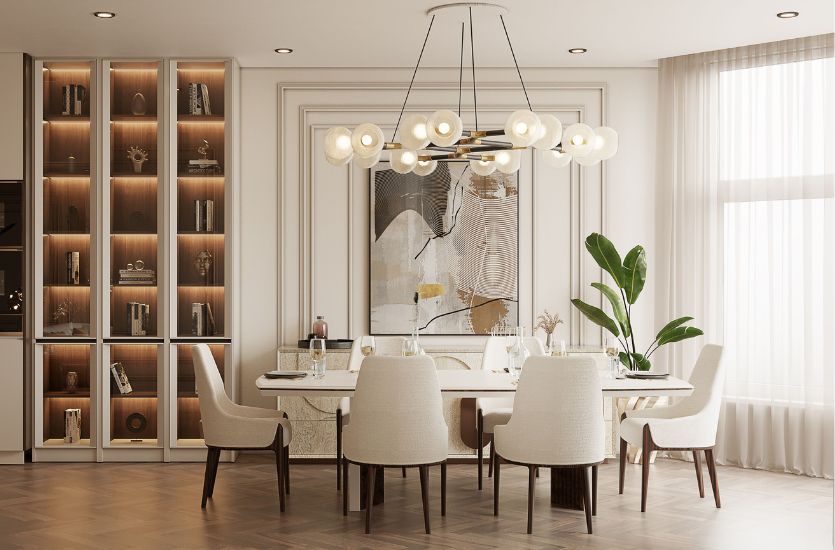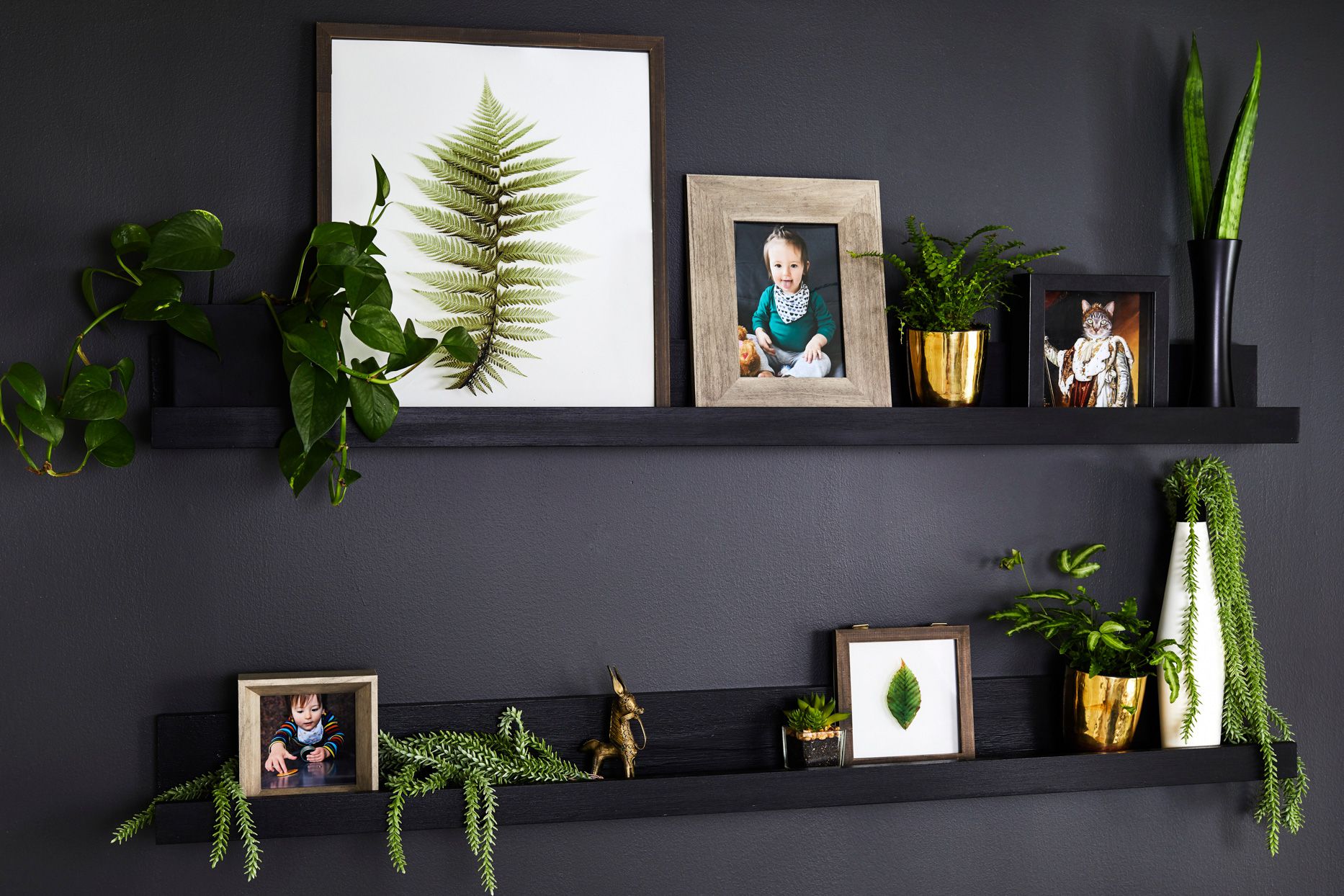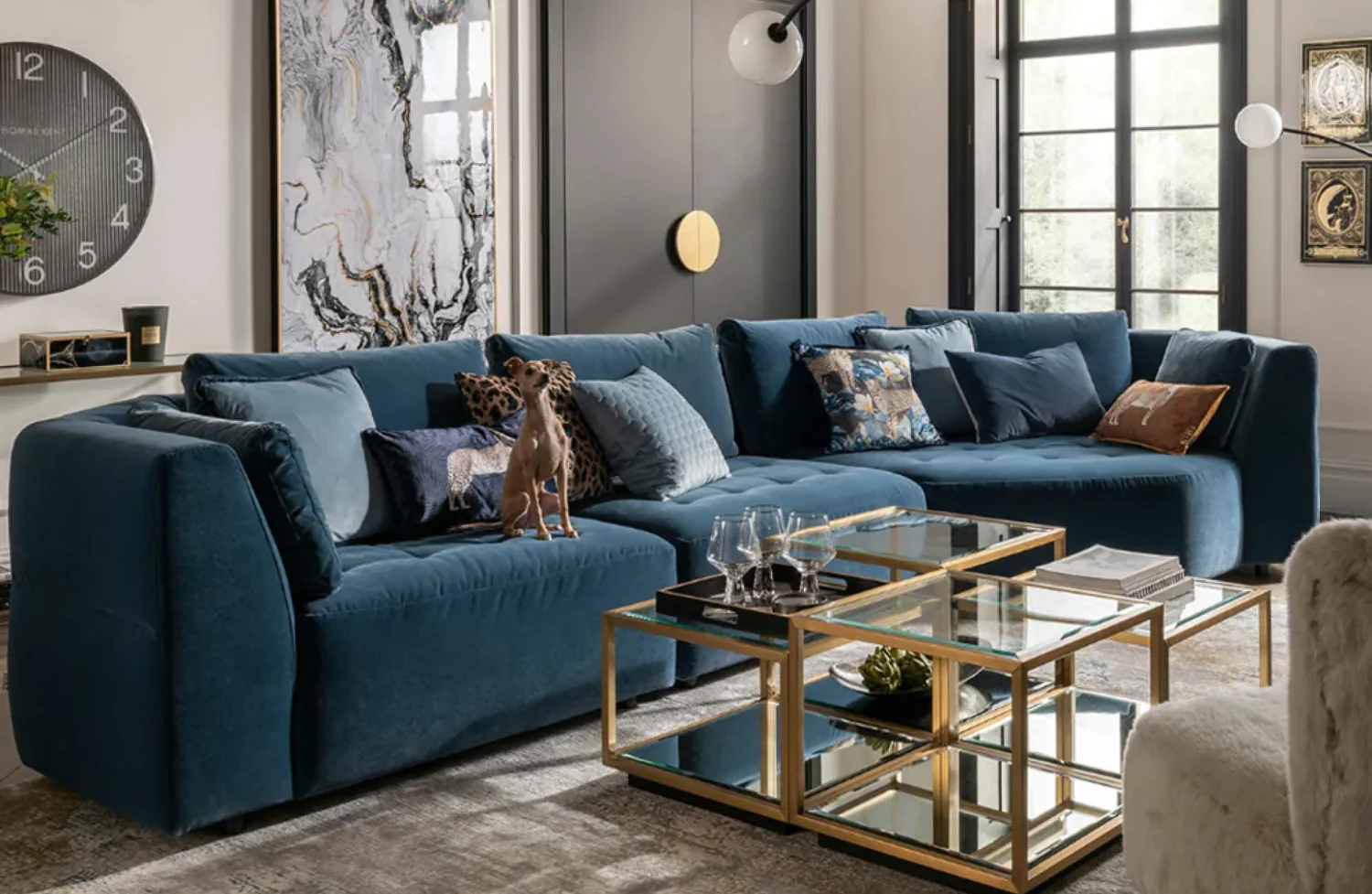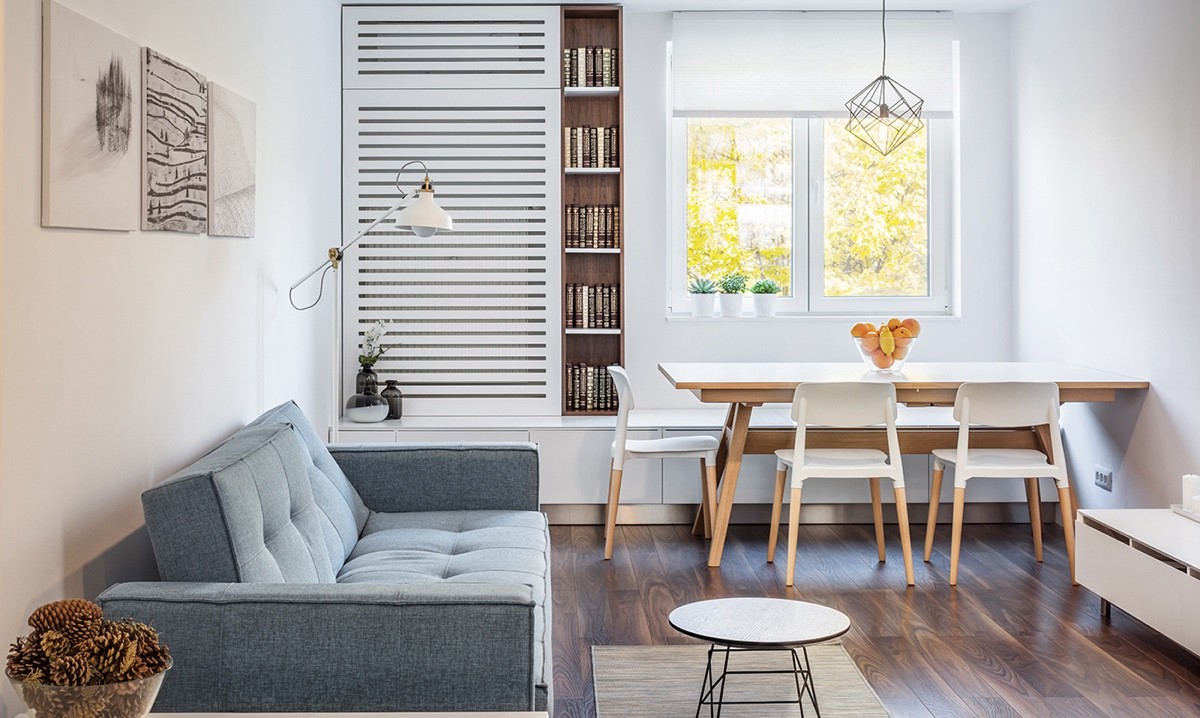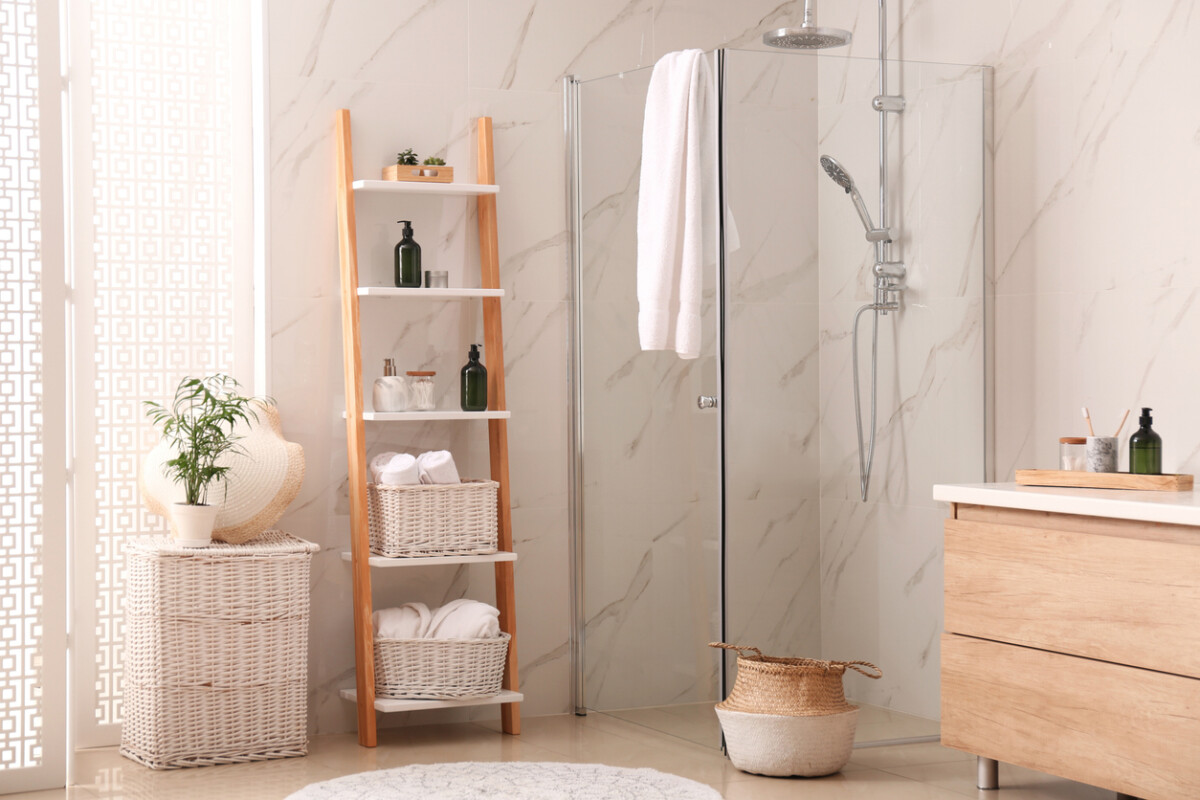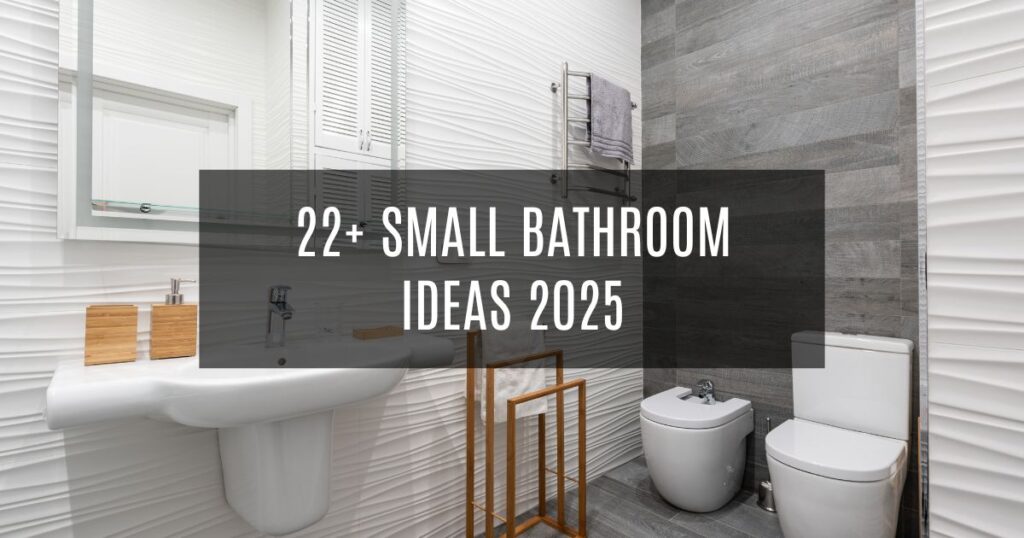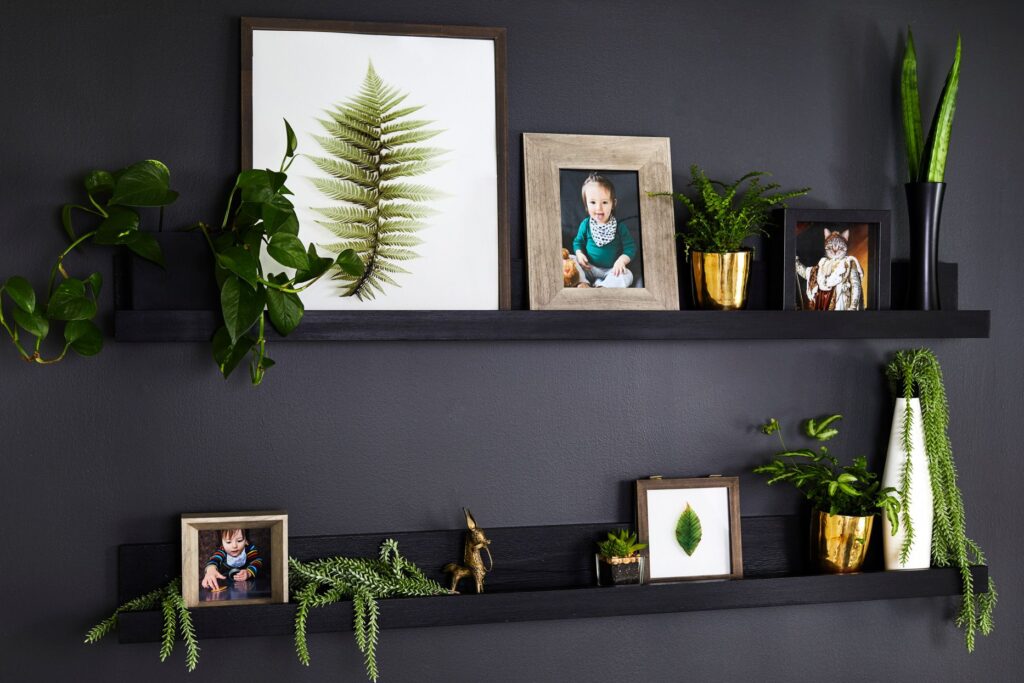Organizing your child’s room can feel like a never-ending game of cleanup—and not the fun kind. Between toys, clothes, books, school supplies, and art projects, it’s easy for the space to get overwhelmed with clutter. You tidy up one day, only to find it back in chaos the next. Sound familiar?
The good news? With a little creativity and the right systems in place, keeping a kid’s room organized can actually be simple—and even fun. Whether you’re working with a compact bedroom or a spacious playroom, the key is to blend functionality with a playful touch that matches your child’s personality and age.
This guide is packed with easy-to-follow, practical, and stylish ideas to help you take control of the clutter while still leaving room for imagination and play. From cubbies and clear bins to under-bed drawers and clever wall storage, you’ll discover solutions that not only make clean-up faster but also teach kids valuable habits. Plus, many of these ideas are flexible enough to grow with your child, making them smart long-term investments in your home’s organization.
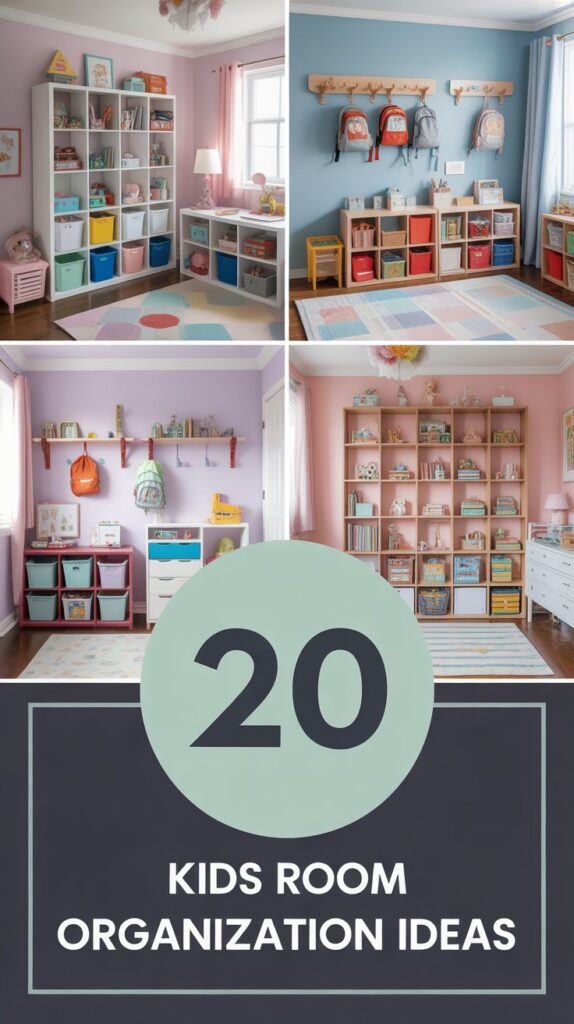
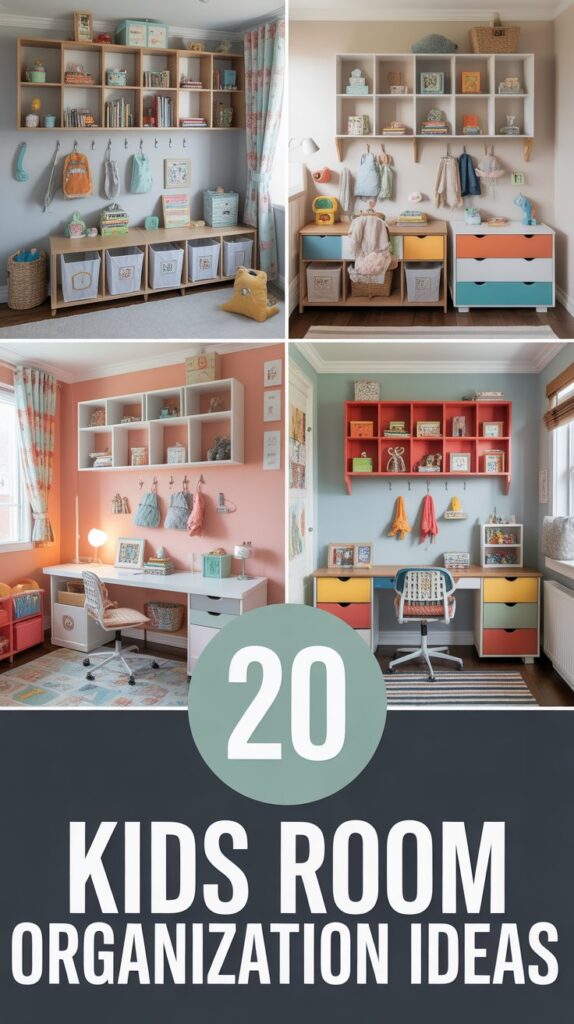
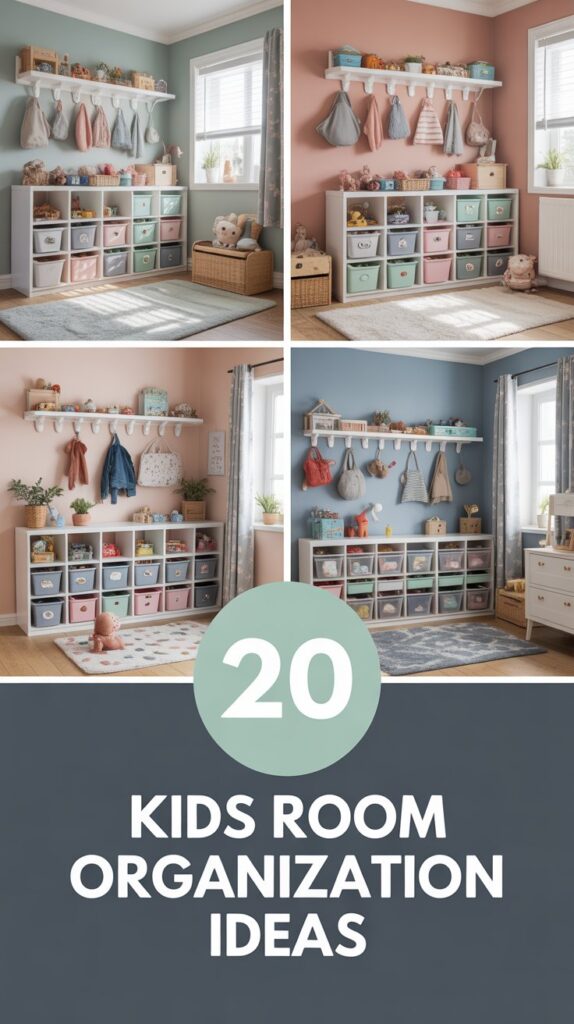
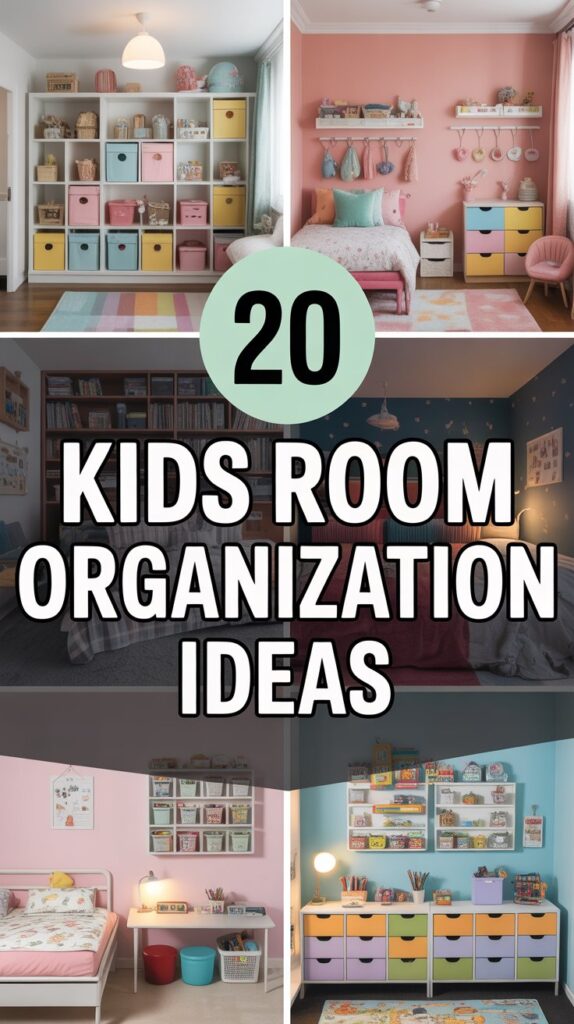
So, if you’re tired of stepping on LEGOs or hunting down that one missing shoe each morning, you’re in the right place. These 20 kids room organization ideas are designed to make life easier for you—and a whole lot more fun for your little one. Ready to dive in?
Table of Contents
- 20 Kids Room Organization Ideas That Actually Work
- Use Cubbies and Bins for Easy Toy Sorting
- Wall-Mounted Bookshelves to Display Favorite Reads
- Under-Bed Storage Drawers to Hide Clutter
- Over-the-Door Organizers for Small Items
- Toy Rotation Bins to Keep Things Fresh
- Pegboards for Hanging and Displaying
- Rolling Carts for Art and Craft Supplies
- Labeled Drawers for Clothes and Essentials
- Bunk Beds with Built-In Storage
- Window Seat Storage with a Cozy Twist
- Hanging Closet Organizers for Easy Outfits
- Magnetic Boards for Accessories and Notes
- Toy Hammocks to Catch Plush Chaos
- Stackable Storage Cubes for Custom Solutions
- Personalized Coat Hooks and Bag Racks
- Color-Coded Storage for Siblings
- Hanging Wall Pockets for Papers and Projects
- Repurpose a Bookshelf into a Toy Display
- Floating Shelves to Save Floor Space
- Clear Containers for Visual Organization
- FAQs
- Conclusion
20 Kids Room Organization Ideas That Actually Work
Use Cubbies and Bins for Easy Toy Sorting
Cubbies with labeled bins are a lifesaver when it comes to organizing toys. They make clean-up time simple and help kids learn where things belong. Choose a low cubby shelf that your child can reach easily, and use soft, colorful bins to categorize toys—like one for action figures, one for cars, and another for dolls or stuffed animals. Use picture labels if your child is too young to read. This approach makes it fun and empowering for kids to help tidy up, and it adds structure to an otherwise chaotic collection of playthings.
Wall-Mounted Bookshelves to Display Favorite Reads
Turn a cluttered pile of books into an inviting display by installing wall-mounted bookshelves. These shelves not only save space but also encourage kids to grab a book and read more often. Opt for front-facing ledges that show off the book covers—it makes the wall look like a mini library and draws attention to colorful illustrations. Place the shelves at child-height so your little one can reach their favorite stories on their own. It’s functional, stylish, and makes the room feel more personalized.
Under-Bed Storage Drawers to Hide Clutter
Don’t let the space under the bed go to waste—it’s the perfect spot for sneaky storage. Slide-in drawers or roll-out containers can hold anything from off-season clothes to toys and art supplies. Clear containers with lids are great for keeping things visible and dust-free. If you’re going for aesthetics, try wooden drawers that match the bed frame. This solution keeps the room looking clean while making everything easily accessible. It’s an ideal fix for small spaces where every inch counts.
Over-the-Door Organizers for Small Items
Over-the-door shoe organizers are incredibly versatile in kids’ rooms. Instead of shoes, fill the pockets with small toys, hair accessories, craft supplies, or even snacks. The clear pockets make it easy to see what’s inside, and it keeps tiny items from getting lost in drawers. It’s also a great way to take advantage of vertical space, especially in a shared or compact room. With everything at eye level, kids can grab and go without making a mess.
Toy Rotation Bins to Keep Things Fresh
Toy clutter often comes from having too much available at once. Try a toy rotation system where only a few toys are out and the rest are stored in separate bins. Every week or two, swap the bins so the toys feel new again. This strategy not only keeps the room tidy but also helps maintain your child’s interest and reduces overstimulation. Use stackable bins with lids and store them in the closet or under the bed for quick access. It’s minimal effort with a big payoff.
Pegboards for Hanging and Displaying
Pegboards aren’t just for tools—they’re a fun and functional way to organize kids’ items. Install a pegboard on a bedroom or playroom wall and use hooks, baskets, and shelves to hold everything from dress-up costumes to craft supplies and small toys. You can paint the pegboard in a bright color to match the room’s decor. It’s flexible enough to grow with your child’s changing needs and makes the space feel both playful and organized.
Rolling Carts for Art and Craft Supplies
Art projects tend to take over surfaces, so keep supplies corralled in a rolling cart. Three-tier carts are ideal for markers, paints, glue, scissors, and paper. Label each tier or use small containers within each level to separate items. The best part is that you can roll it to the table for craft time and back to the corner when you’re done. This system keeps mess contained and encourages kids to clean up after themselves.
Labeled Drawers for Clothes and Essentials
Young kids often struggle to find what they need in dresser drawers. Make mornings easier by labeling each drawer with words or pictures—like socks, underwear, pajamas, or school clothes. This system helps children become more independent in dressing themselves and keeps drawers from getting mixed up. Stick-on vinyl labels or DIY printables work well and can be swapped as your child grows. It’s a small change that streamlines your routine.
Bunk Beds with Built-In Storage
If you’re short on space but big on organization, consider a bunk bed with built-in storage. Some designs feature drawers under the bottom bunk or shelves built into the frame. These hidden storage areas are great for books, toys, or extra bedding. You can even find bunk beds with pull-out desks or cubbies, making them a multifunctional piece in a kid’s room. It maximizes space without sacrificing style or fun.
Window Seat Storage with a Cozy Twist
A window seat can double as a cozy reading nook and a smart storage solution. Install a bench with a lift-up lid or pull-out drawers to hold toys, books, or seasonal clothes. Add soft cushions and pillows to create a comfy corner your child will love. This idea turns an often-wasted space into a functional and stylish feature. Plus, it encourages kids to relax, read, or daydream in their own little spot.
Hanging Closet Organizers for Easy Outfits
Closet space can quickly get chaotic. Use hanging organizers with compartments to sort outfits by day of the week or type of clothing. This helps kids pick their clothes more independently and keeps things neat. You can even add small labels for each section. It’s a great way to stay ahead of the morning rush and ensure favorite outfits are always within reach. Bonus: no more digging through drawers.
Magnetic Boards for Accessories and Notes
Turn a plain wall or closet door into a magnetic board to organize hair accessories, small toys, or reminder notes. Use magnetic hooks or small containers to keep everything in place. It’s also a fun spot for kids to display drawings, chore charts, or favorite stickers. This low-maintenance solution keeps surfaces clear and gives kids a sense of ownership over their space.
Toy Hammocks to Catch Plush Chaos
Stuffed animals can quickly overrun a room. A toy hammock, mounted in a corner of the wall, is an adorable and space-saving way to contain the plush parade. Choose a colorful net or one that matches your room’s theme. Not only does it free up floor and shelf space, but it also doubles as a cute decor element. Kids love tossing their favorite teddies up and watching them “rest” in their special spot.
Stackable Storage Cubes for Custom Solutions
Stackable storage cubes let you build a storage system that fits your space perfectly. Whether it’s lining the bottom of a closet or creating a wall unit, these cubes can be mixed, matched, and labeled for toys, books, puzzles, or shoes. Choose colorful bins to make it fun or stick with neutral tones for a minimalist look. Their modular design makes them super flexible as your child’s needs evolve.
Personalized Coat Hooks and Bag Racks
Install wall hooks at kid-height for coats, bags, and hats. Personalize them with names or initials to give each child their own space. This helps eliminate clutter and makes it easy to grab items on the go. You can use themed hooks—like animals or stars—to match your child’s personality. It’s a quick install that encourages independence and keeps the floor clear.
Color-Coded Storage for Siblings
Sharing a room doesn’t have to mean sharing everything. Assign each child a color and match their bins, baskets, and shelves accordingly. This simple trick helps avoid arguments and keeps items from getting mixed up. It’s also a fun way to personalize their space within a shared environment. You’ll be surprised how quickly kids take ownership when they know which items are theirs.
Hanging Wall Pockets for Papers and Projects
School papers, artwork, and permission slips often end up in messy piles. Hang wall pockets or file organizers to sort documents and art projects. Label each pocket clearly—one for homework, one for drawings, one for keepsakes. Mount it near the desk or door for easy access. This keeps surfaces clean and helps your child stay on top of schoolwork without the stress.
Repurpose a Bookshelf into a Toy Display
An old bookshelf can become a charming toy display. Line the shelves with puzzles, figures, or playsets to make them part of the room decor. Use baskets or bins on lower shelves to hide the clutter and keep the room looking neat. It gives your child an organized place to showcase favorite items and promotes pride in keeping them tidy.
Floating Shelves to Save Floor Space
Floating shelves add vertical storage without taking up precious floor space. Use them to display favorite toys, framed art, or memory boxes. Just be sure they’re mounted securely and out of reach for very young children. This is a great option for smaller rooms where every bit of space matters. They add personality to the room while keeping the ground clear for play.
Clear Containers for Visual Organization
Transparent bins are a game-changer for organization. Whether it’s LEGOs, crayons, or action figures, clear containers help kids find what they need without opening every lid. Group similar items and label them for extra clarity. Stack them on shelves or tuck them into closets. This method keeps things visible and tidy while reducing the chances of a toy avalanche during clean-up time.
FAQs
How do I get my kids to help with organizing their room?
Make it fun and easy. Use labeled bins, colorful containers, and let them participate in choosing storage. Give them small tasks they can manage on their own.
What’s the best storage solution for small bedrooms?
Look for vertical storage options like wall shelves, hanging organizers, or under-bed drawers. Multi-functional furniture also works great in tight spaces.
How often should I declutter my child’s room?
A seasonal clean-out works well. Every 3-4 months, go through toys and clothes with your child to donate what they’ve outgrown or no longer use.
What kind of storage is safe for toddlers?
Avoid anything that can topple. Use soft-sided bins, anchored shelves, and low furniture. Avoid lids with heavy hinges or sharp corners.
How can I organize toys without a toy box?
Use cubbies, hanging baskets, clear bins, or repurpose furniture like bookshelves or rolling carts. The key is to sort by type and make items easy to access.
Conclusion
Organizing your child’s room doesn’t have to be a constant battle. With the right systems in place—think labeled bins, vertical storage, and playful displays—you can create a space that encourages independence and stays clutter-free. These ideas aren’t just practical; they’re also fun and adaptable as your child grows. Whether you’re working with a small bedroom or a shared space, these solutions help maximize storage without sacrificing style. Try mixing and matching the ideas above to create a customized setup that works for your family. And remember, involving your child in the process helps them take pride in their space and builds good habits for life.
Let your child’s room be a reflection of their personality—neat, cheerful, and ready for adventure.

